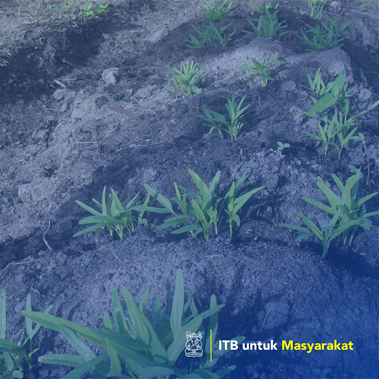

Anriansyah Renggaman
Indonesia, as one of the countries affected by the pandemic Covid-19, has experienced an increase in the number of positive and suspect patients (PDP) over the past month. One of the prevention of the spread carried out by the Indonesian government and WHO is to carry out periodic sterilization or dis-infection. Sterilization can be done in various ways, such as: moist heat, dry heat, UV light, ion-exchangers, hydrogen peroxide plasma and ethylene oxide. The working principle of ion-exchangers as applied to this sterilization cabin is to produce negative ions and release them into the air. Negative ions that are released will neutralize the positive ions contained in the outer mem-brane of microbes or dust particles, so the particles cannot survive in the air The use of sterilizers or disinfectants does not always have an optimal impact. The effectiveness of sterilization and disinfection is highly dependent on several things. Because of the many factors that can influence the success of sterilization and disinfection, a standard rule is needed so that the process can run optimally. The purpose of this study was to develop standard rules or standard operating procedures for sterilizing rooms at COVID-19 reference laboratories. In conclusion 4h exposure of air ionizer has sterilization effect of 86%, while increasing the exposure time did not increased its performance. Thus because of the machine used was not suitable for the room size. Moreover, the detection of SARS-Cov-2 virus in the air column was still undergoing.
Penerapan Karya Tulis
A standard operating procedures for sterilizing rooms at COVID-19 reference laboratories.rule is needed so that the process can run optimally.